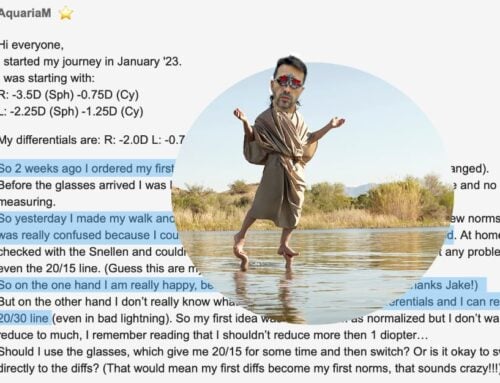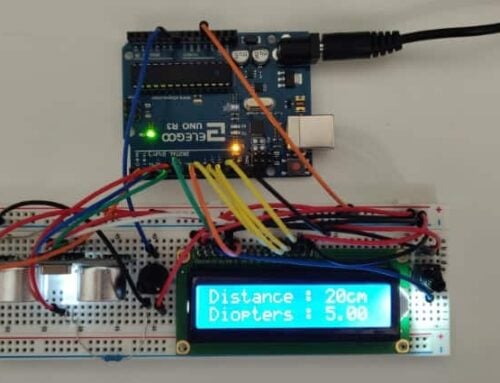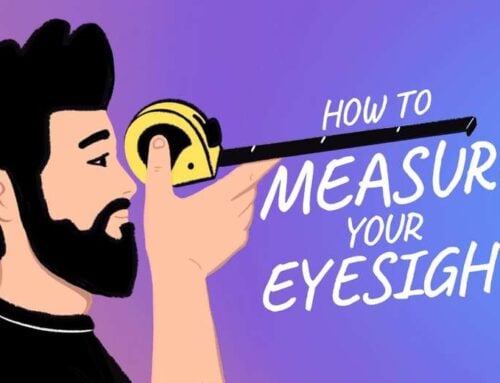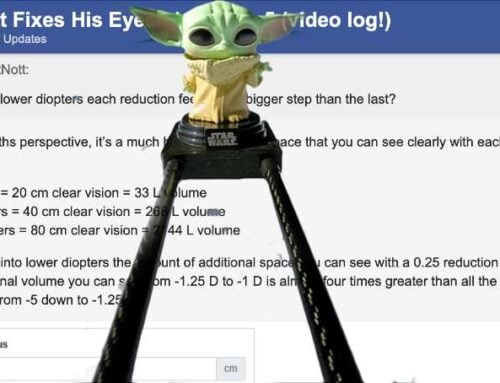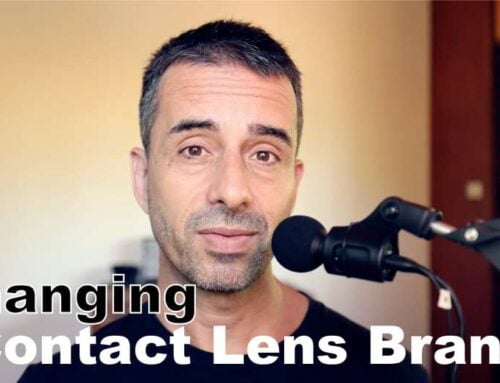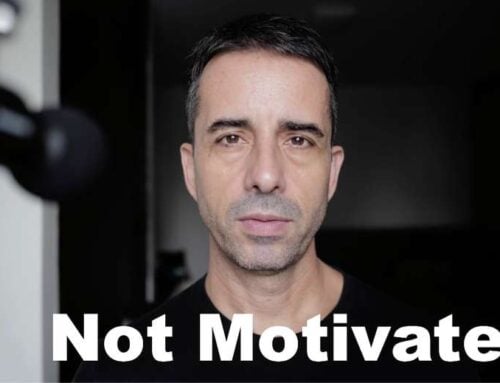There is a whole Installment in the Child Myopia Web Program dedicated to this topic. Bi-focals give you the opportunity to combine near-vision needs and distance-needs into one convenient prescription. Two set of lenses, in one pair of glasses. Genius, yes?
Not necessarily.
First of, we have the problem of prescription complexity. One of the rules of the #endmyopia Method is that we always, always want to reduce and eliminate prescription complexity. So bi-focals already don’t pass that test, just based on the fact that they add just about as much complexity to your prescription, as you possibly can.
That said, there are always exceptions to the rule. If all your close-up work involves eye position appropriate to just the near-portion of the lens, fine. You can use bi-focals. I still contend that considering that you are not farsighted, you can see just fine through the distance part of the glasses, and hence, while concentrating, will slip into this more accommodating part of your lens. It’s a temptation that I am just not a fan of.
For children, it’s a whole different story. You don’t need to pay for the Child Program for me to tell you this – don’t use bi-focals with your children, if you are solely doing it trying to improve their eyesight.
For the specific why’s and how’s, look at Installment #9 of the Child Program.
The rule of reducing prescription complexity exists for good reason. We just don’t win, putting more correction into a lens, not if eye health is our primary concern (if it’s convenience over long term benefits, sure, complexity can be nice).
You want one pair of glasses for distance vision, and one for close-up. You switch between them, when you switch to do work, or go outside.
It’s simple, it negates any subconscious cheating, it allows you to form a productive eye health habit.
For more on this subject, see both the Adult Vision Improvement Courses, as well as the Child Course. I cover all the subjects that have come up consistently over the years at the clinic, to help you progress quickly, with minimal self-experimenting necessary. You could of course spend 40 years to re-invent the wheel, or just stick with the very basics that have made it into other parts of the Web (namely, plus lenses, pushing focus). There is quite a bit here, entirely for free, in both the blog and the forum to help you build a road map for your own vision improvement.
The only time you would want the Web Programs, is if you want some productive convenience, in having all the answers and strategies laid out, in logical order of progression.
Enjoy!




